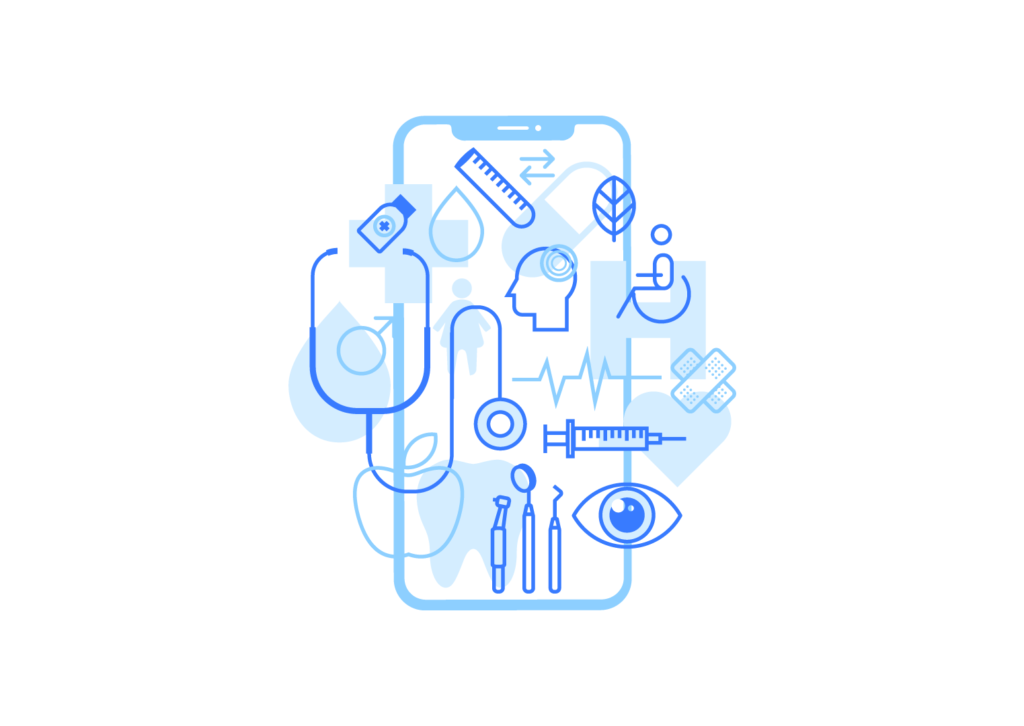As part of the design process, companies can forget the end-user to whom the product or service is being marketed. Designers can become blinkered and overly protective of their interfaces, platforms, and products, so much so that they overlook the fact that they need to be empathetic to the target market. Empathy needs to be at the very center of meaningful design. Without this, products can become redundant.
At the heart of user experience design is the mantra of creating products that are a joy to engage with and navigate. These products should make our lives easier, better, quicker, more fun, and they should be intuitive to use. UX design enables the user to have their experience improved while engaging with a product that makes the user smile, feel more fulfilled, and be more satisfied.
UX research must put the user experience at the heart of the process. Many companies overlook research as an added cost. This can result in cutting corners where the end-user is considered an afterthought. While it may cost money to implement UX research, user testing is a crucial part of bringing a viable product to the market.
By being empathetic to the end-user, designers can get into the minds of their end-user. Consistent user experience research enables designers to solve the problems that users have to deal with through excellent product and service design.
What is UX Research?
UX research is a highly sophisticated collection of methods that enable companies to analyze how their clients, customers, and markets think and behave. Excellent UX research allows deep dives of end-users’ motivations, ambitions, and desires to enable more nuanced product and service design. To get to grips with the user experience, researchers need to connect with the users themselves on a meaningful level to allow targeted analysis to take place.
This is done through focus groups, listening, observations, and questioning. Products tend to be created in enclosed environments away from the users that will eventually be utilizing them. If UX research were never to be carried out, how would a company know whether the product that they are creating solves a problem, enhances lives, or makes their market beam with delight? A hunch? This simply isn’t scientific enough.
UX research is a perfect blend of scientific data-driven analysis and deep dives into emotional responses to focus on behaviors and motivations. Excellent UX research enables product designers and companies to hone their ranges to answer the call of their users.
All products that are designed need to be relevant to the real world, not just the lab, office, or factory where they are produced. UX research helps companies see their ideas play out in the real world and unpredictable environments. Get it right and this is the difference between a successful and profitable product and a complete failure of an entity.
Who works on UX research?
UX professionals are highly skilled individuals whose main aim is to make the user experience of websites, product ranges, and services exceptional. They can ensure that repeat custom is maximized and that companies develop reputations for awesome customer experiences.
CNNMoney’s 100 Best Jobs in America lists both UX designers and UX researchers in its 2017 countdown. These job listings are grounded in salary, growth opportunities, and job satisfaction. These positions have median salaries between $85,000 and $105,000, making them highly lucrative careers. They are also showing no signs of stopping, since the market for online UX research will increase up to 19% in the next ten years. This makes UX research a superb career choice for those with an analytical mind, who work methodically and well under pressure.
UX designer or UX researcher?
A UX designer is more focused on the creation of apps, websites, and pieces of technology to enable easier to use interfaces for end-users, showcasing their work in a UX designer portfolio. These individuals are the professionals that implement the findings that a UX researcher collates to make the user experience for websites and products so engaging. Websites like Airbnb and Amazon are renowned for their superior user experiences. This is because superior UX research informed their website design.
A UX researcher allows design teams to cater to the user. They value the need to understand the end-user and to implement this understanding into the design of a product or platform or app. A UX researcher is not some glorified market researcher – they are more like data scientists looking at the behaviors and needs of a target market and analyzing trends and data-driven information to pass onto the UX designers to form more meaningful products to comply with the needs of the user. They turn analysis into tangible product adaptations that make a range profitable and successful.
By being adept at research methods, researchers can choose a blend of qualitative and quantitative ways to collect information to form the clearest image of the end-user and their needs. This allows improvements to be made to apps and tech to make them more intuitive to use, enabling companies to provide a user experience akin to the likes of Amazon and Airbnb.
A UX researcher:
- Conducts concept development and user research.
- Analyzes the behavior of users and their motivations.
- Designs a list of UX research-led improvements to enhance the marketability and profitability of something tangible to meet the needs of the user more successfully.
- Liaises with product management and marketing teams to answer specific research questions.
- Implements, manages, and analyzes data-driven information and works closely with engineering, product design, marketing, and content strategy teams.
UX researchers need a mixture of skills. An analytical mind alongside soft skills such as communication and teamwork are crucial assets for any UX researcher. UX researchers meet all different sorts of people from all different walks of life so they need to be tolerant, open-minded, and willing to put aside their own internal biases for the good of the user experience.
Sometimes, the roles of UX designers and researchers might be blended in a cross-functional team. Chun-Chin Su, VP of Innovation & Design at KdanMobile, says:
Our UX design and research team is very cross-functional. The team is working simultaneously on multiple products, and thus sometimes the same people might be doing UX research for one product while prototyping new features for the other. This makes our team more agile and helps individual team members to grow faster professionally.
Critical thinking, problem-solving, teamwork, time management, and analytical prowess are the key skills needed to make it a sought after UX researcher. A UX researcher focuses on the wants, needs, and motivations of the end-user whereas the UX designer is focused on transforming this data analysis into the consumer-facing final project outcome.
UX Research Methods
There are several different research methods for user experience analysis.
Behavior Analysis
Usability studies tend to focus on behavior analysis rather than attitudes and belief systems. What people state as a belief is often not reflected in actions and what people do. It is the ‘doing the do’ that will inform UX research more thoroughly. A/B testing is a solid way to focus on people’s behaviors.
By putting two contrasting product designs to market, UX researchers can determine the favored option based on behavior. This can be done as simply as showing two options on a social media channel such as Instagram and watching the feedback roll in.
Surveys can focus more on attitudinal research that can inform product design and user testing. These are cheap to carry out and can give a qualitative dimension to your research by looking at the end user’s beliefs and motivations. Once collated, you end up with plenty of quantitative research to feed into statistical analysis of the data.
Many tools can help with behavior analysis. For example, the folks at Outfunnel have made a lot of use of Smartlook to analyze user behavior. Smartlook records user behavior on websites and in apps so you can review it. Markus Leming from Outfunnel shares an example of where Smartlook came in handy for UX research:
At one point, many of our users ran into errors when entering their payment method details. This resulted in a lot of frustration, countless support tickets, and some missed revenue. Smartlook helped us identify what went wrong really quickly (without revealing the payment method details, of course). This meant we could fix it as soon as possible and reach out to the customers who otherwise would have left us because of the broken experience.
User testing can involve something as simple as a card-sorting exercise. By asking an individual to order the information on a website into a logical order, a company can gain an insight into the intuitiveness of their platform. This can aid the user experience and provide a site that is more of a pleasure to navigate. One-to-one interviews are also a useful way to delve deeper into the psyche of an end-user. Attitudes, desires, previous experiences, and needs can all be analyzed from recording an interview.
Another effective UX research technique is leveraging online surveys to collect insights about your audience. These questions can gather simple feedback based on the usability of your site or they can delve deeper into the usability of a product. Alternatively, online surveys can be sent to a subgroup via email to focus on different aspects of your UX research.
Vlad Shvets from Paperform says:
Our research has shown that shorter and simpler customer surveys usually have higher completion rates. Focus on what matters and minimize the effort for your responders. It also helps to show the progress bar in your surveys — once the person sees the progress, it becomes mentally easier to finish the survey.
Qualitative or Quantitative
Quantitative data tends to allow more numerical analysis of statistics. These data are usually collated indirectly through an online survey or an online analytics tool such as Google Analytics. The data are less personal and more number-driven. Insights are usually mathematical and formulae based to create design statements and briefs.
At the other end of the scale, qualitative data are collated more directly, via interaction with the user. Field observations and focus groups are examples of qualitative data. UX research puts the interaction between researcher and user at the heart of the data collection cycle. The user can ask questions and begin to shape the research themselves. This is powerful for those designers and companies seeking to produce a product that is bespoke to a niche market.
As a rule of thumb, qualitative research informs the how and why questions of UX research whereas the quantitative data collected are more closed in its analysis answering the quantity-based questions. As many products are bought based on an emotional connection, qualitative research holds real value to user experience testing.
The motivations and actions of the user a company is marketing a product towards needs to be expertly understood to enable a product to become a market leader. UX research should never be overlooked because of a cost concern and should be deemed as money well spent.
5 UX Research Steps
User research enables companies to understand how their market lives their lives from day to day. This intimate picture of a lifestyle can empower product development and research. By following a UX research learning spiral, user research can be conducted on a more meaningful level.
Objectives
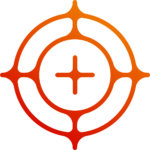
All researchers need to consider the questions that they need answering from their user testing and UX research. These form the objectives of the UX research to be carried out. Companies may already know their market, but they may need to fill some gaps to help them construct a product or service that will hit the brief.
Focus groups can be an ideal forum in which to delve deeper into your objectives. Asking questions and having a focused debate will allow your questions to be explored.
- Who? This questioning allows you to focus on the identity of your focus groups and the individuals that you will be questioning.
- What? This questioning will help you to find out what people are doing. You can focus on the sorts of products, platforms, and apps that they may already be using.
- When? This questioning will help you to focus on timescales and relevant moments in a day when a product may or may not be used. You can delve deeper into the reasons why your product may be used more at specific times and how you can drive up usage in less popular moments.
- Why? This is the emotional hook – a why question will provoke an emotive response that looks at motivations and behaviors. Tap into this to discover the root causes of behavior and allow it to inform your product design.
- How? This questioning enables a deep dive into the ease of use of a product. How will an individual use a product, platform, or process to solve their problems and needs?
Stick to the objectives set and don’t allow debate or questioning to go off task. The scope needs to be adhered to create a nuanced and focused study and data set to be analyzed. Go out of scope and data will have to be waded through to find the relevant information.
Hypothesis
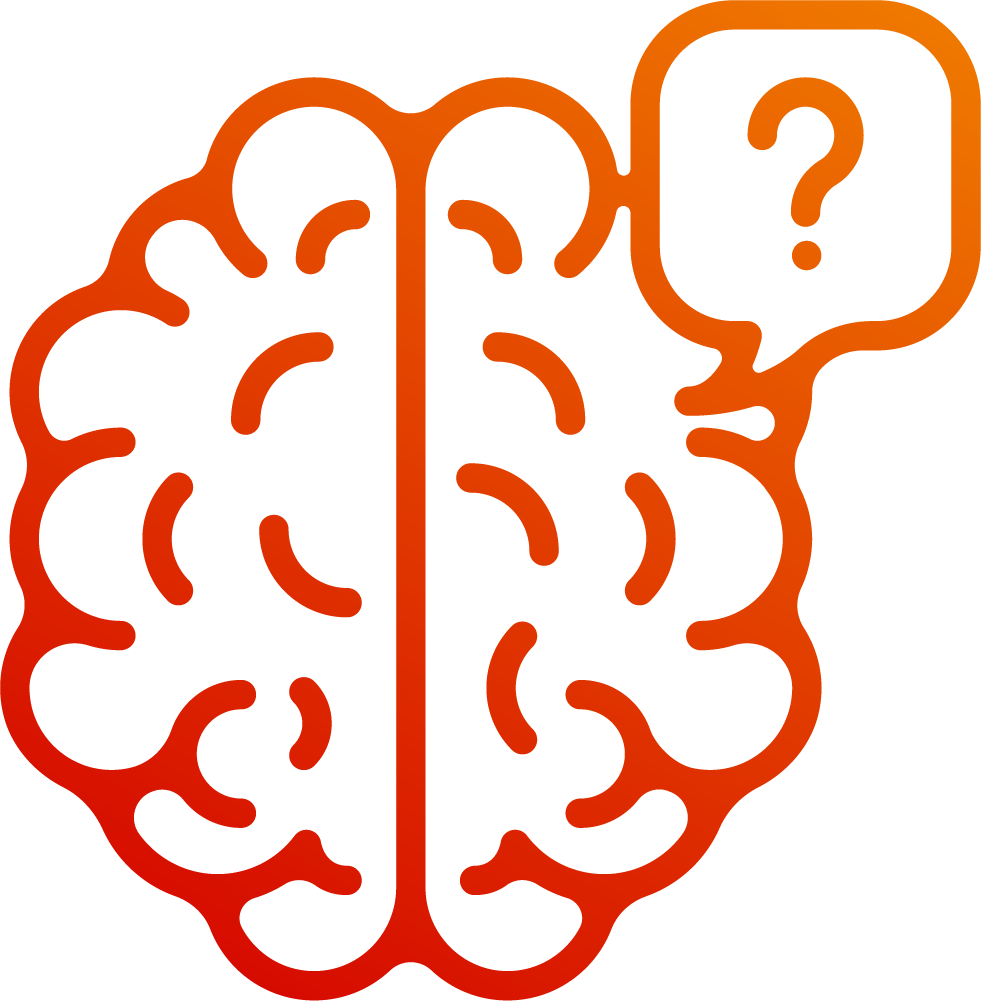
Just like a science experiment, a hypothesis explores those notions that a company already holds to be true. They need to consider what they already know about users’ behaviors and motivations. The hypothesis will also put forward the potential product that will solve users’ problems and benefit their needs.
A hypothesis that is constructed by a company or product design team will always be tainted with the subjectivity of the team working on a product. It’s important to externalize the hypothesis to remove any potential internal bias. A company needs to remain objective and allow the user experience to dictate research results. A hypothesis can be attitude or behavior-related, so communicate these to your market and allow challenge and debate to ensue.
A hypothesis will inform your methodology choices. Don’t be afraid to be open with users and research groups when it comes to communicating your ideas. Being honest and transparent will allow your users to be more forthcoming with their ideas, views, and concepts.
Methods
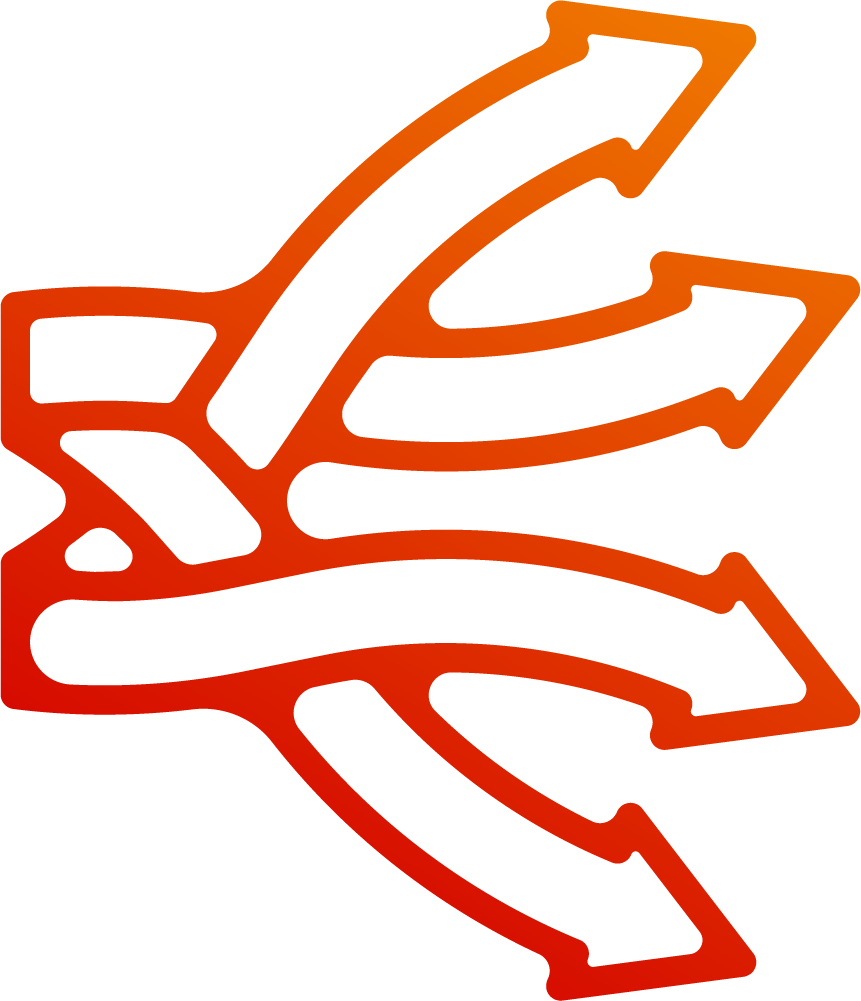
The methods to be chosen will link to the objectives and questions that a company needs answering. User testing, online surveys, and focus groups can be used to gain a more detailed picture of a typical user. Methods should be diverse to enable both qualitative and quantitative data to be collated. This will help a company prepare their research proposal and begin conducting their UX research to a set timescale.
The methods you select to collect information will be based on how well you know your users. If you are bringing a new product to the market and have very little understanding of your end-user, you need those observational and qualitative approaches to get a clearer picture of your market.
Once a product design team fully understands the user and their beliefs, motivations, and needs, they can design a product range on a more empathetic level. This removes all hints of subjectivity and allows a designer to imagine that they are the user throughout the design process.
Conduct
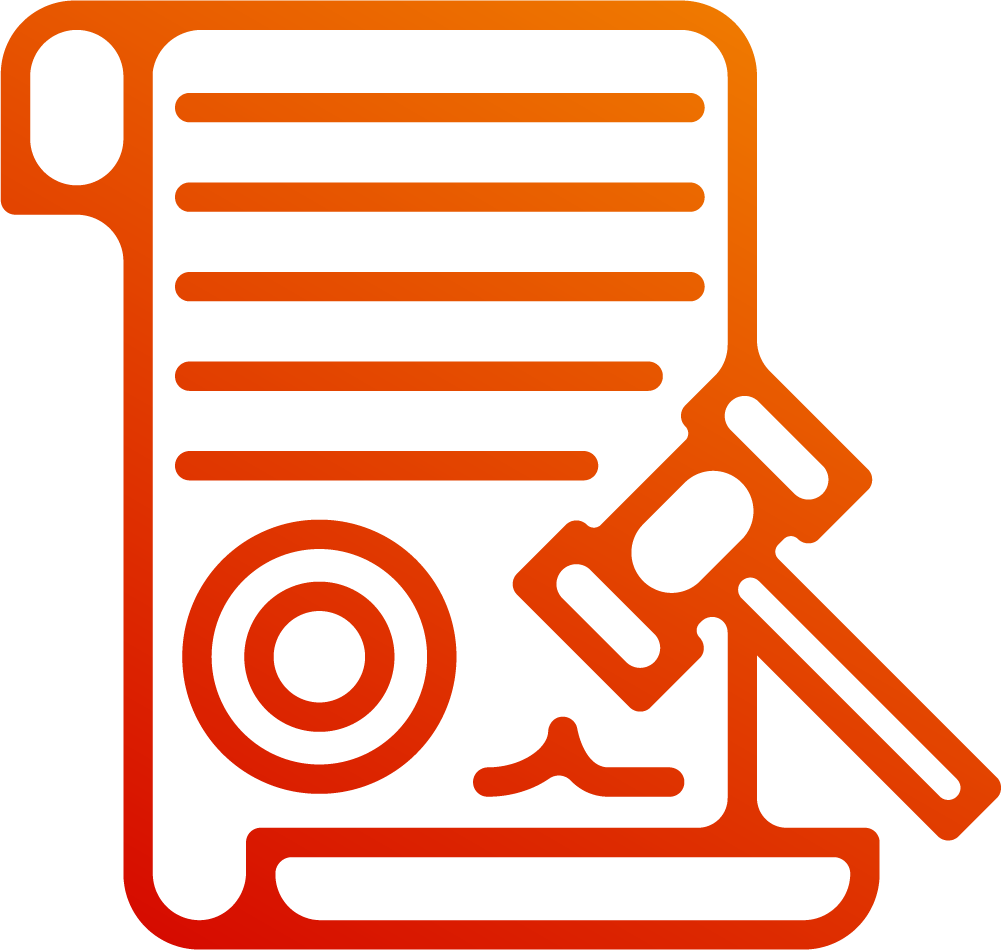
Conducting the research involves collating the evidence and data that a company wishes to collect based on the methods designed. This means following through with those methods outlined in your research proposal. Conducting focus groups can be labor-intensive so a team will be needed to expertly guide users through sessions to collect the information a company requires. While running focus group studies, multiple researchers might use a collaborative note-taking solution like Evernote or Noteledge to collect all the qualitative insights and notes in one place.
Online surveys are more manageable, but they need to be constructed effectively in the first place. You need to be asking the right questions to ensure that you get the answers you need.
Don’t worry about having to change tactics. This tends to be necessary if a hypothesis is way off. For example, if a company assumes that users will be eager for a new online platform to collate banking bills, but the focus groups simply aren’t that interested, a design team will need to focus on the way. Is it because there is already something like this on the market or is it because the product needs a little tweaking to make it more engaging to interact with?
Synthesize
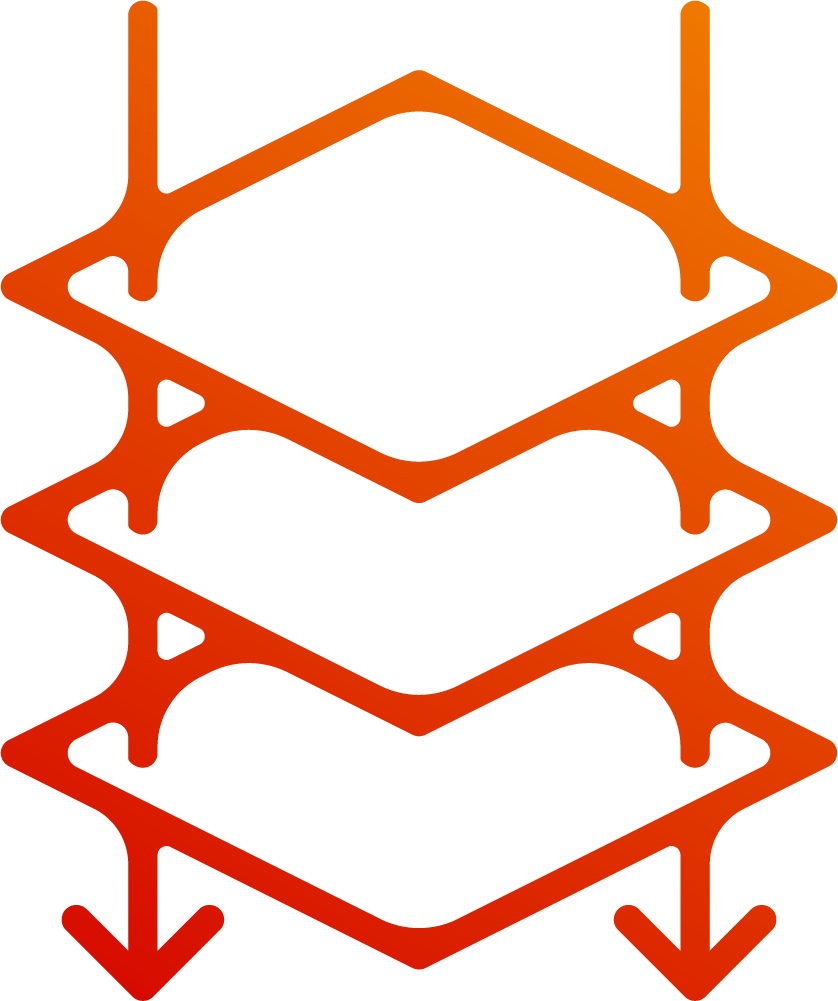
The most crucial facet of the whole UX research cycle is the final step. By synthesizing the data effectively, a company can answer their objective questions in a nuanced way and work out whether their hypothesis was correct. If it was, a product can go ahead and be launched. If the hypothesis was wrong, the UX research will empower targeted adaptations to make it more nuanced and a more profitable and marketable product.
The numerical analysis only goes so far. The qualitative data will enhance the usability of a product. The user experience will be an emotive one so the data needs to be driven in the same vein. You can analyze through charts and graphs as much as you like, but it is those answers to those objectives that you first set out that will inform the design of a product. Remember, a product needs to be engaging and a real delight to use. UX research can empower this to happen.
UX research is carried out to create a product that is super relevant to users. It is something that will enable users to click on it if it is a website or to buy it if it is a product or service. Product design that is not influenced by UX research in any way will result in a product that is detached from the end-user. The chances of product success are limited without an empathetic understanding of the market you are marketing to.
Steve Jobs once said, ‘If the user is having a problem, it’s our problem’. This shows the need to be empathetic to end-users. If there are teething issues with a product or website, they need to be ironed out fast. Any chinks in the user experience armor will show through eventually causing users to move elsewhere, losing a company business and revenue.
Never assume that UX research is a luxury or a premium add-on to product design. Spending money on user experience research will pay for itself in the long run by providing a great return on investment. Companies develop more efficient work processes as a result and the profitability of the UX research empowered product will drive up sales. Joe Gebbia, the CEO of Airbnb even credits UX research as the key tool in turning the company around when it was struggling to break through to the online market.
The best companies and agencies acknowledge this and can deliver impressive results with well-researched UX design work. Saturist is a design agency that is all about using design to solve business problems. Peedu Tuisk from Saturist shares an example:
Recently, we redesigned KUMA’s online store, resulting in a 72% increase in their conversion rate. Total sales increased by 82% compared to the same period in the previous year. Great UX design always pays for itself, and then some.
When used in a technological sense, UX research can increase the SEO potential of a website, enhance the brand and online presence of a company, help a brand achieve a global reach, and boost customer loyalty.
Many companies are jumping on the UX-testing bandwagon. They appreciate all that UX research can bring, especially after seeing the success of Apple, Amazon, Airbnb, and Google. To compete with rivals, companies need to embrace UX research with open arms. Many are tentative in their approach because of the subjective nature of the analysis.
However, by using UX research methods appropriately and by synthesizing the data into meaningful data-driven insights, companies can adapt their product ranges, websites, apps, and technology to generate more customer-focused design that enhances consumer engagement and business profitability.
Bio
Darya Jandossova Troncoso is a photographer, artist, and writer working on her first novel and managing a digital marketing blog – MarketSplash. In her spare time, she enjoys spending time with her family, cooking, creating art, and learning everything there is to know about digital marketing.
 Fyresite
Fyresite 
